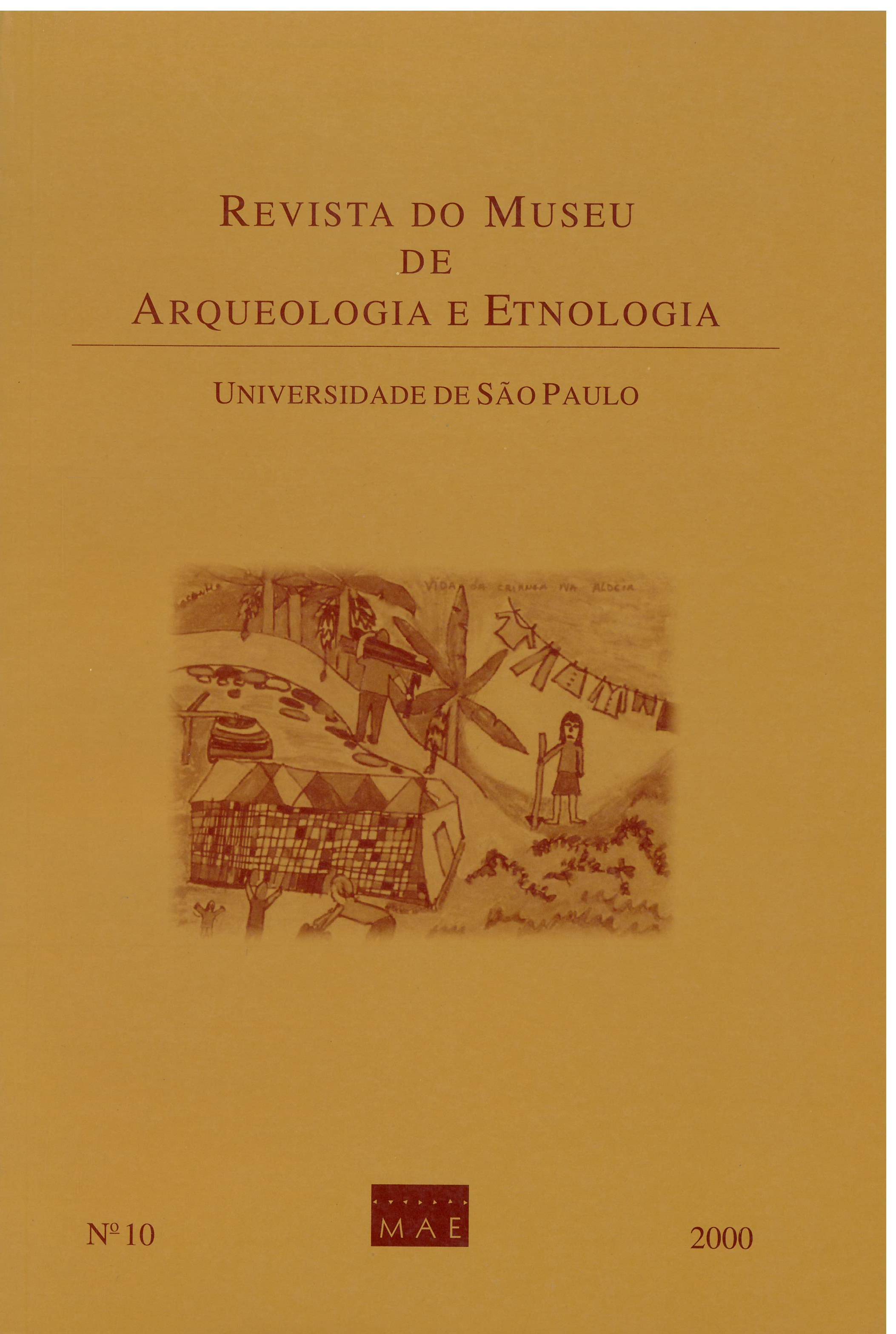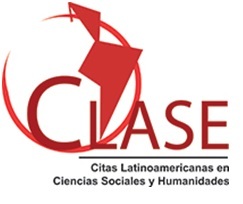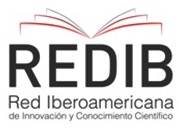Considerations on a Guarani burial: alterations and ethnohistoric hypothesis
DOI:
https://doi.org/10.11606/issn.2448-1750.revmae.2000.109377Keywords:
Bioanthropology - Ethnohistory - Guarani - Human bones - Alterations.Abstract
During the curatorial treatment of the Guarani human bones, we observed several modifications as cutmarks, grooves, scratches, depressions and bum. Due to the lack of studies or reports about similar material in Brazilian archaeology, we based the analysis on international bibliography. We concluded that part of the modifications is anthropic and, excluding the defleshing marks, these alterations were done on bones already dehidrated or dry. In order to understand the occurence of these modifications, some possible interpretations were raised from etinographic and historic sources. These interpretations should not be considered as final conclusions, but only sources for future studies. The main difficulties found were the lack of experimental reference collections in Brazil and the shortage of ethnohistoric references related to rituals and destination of human bones.Downloads
Downloads
Published
2000-12-22
Issue
Section
Articles
License
Copyright (c) 2000 Silvia Cristina Piedade, André Luis R. Soares

This work is licensed under a Creative Commons Attribution-NonCommercial-NoDerivatives 4.0 International License.
How to Cite
PIEDADE, Silvia Cristina; SOARES, André Luis R. Considerations on a Guarani burial: alterations and ethnohistoric hypothesis. Revista do Museu de Arqueologia e Etnologia, São Paulo, Brasil, n. 10, p. 31–68, 2000. DOI: 10.11606/issn.2448-1750.revmae.2000.109377. Disponível em: https://revistas.usp.br/revmae/article/view/109377.. Acesso em: 14 apr. 2025.













